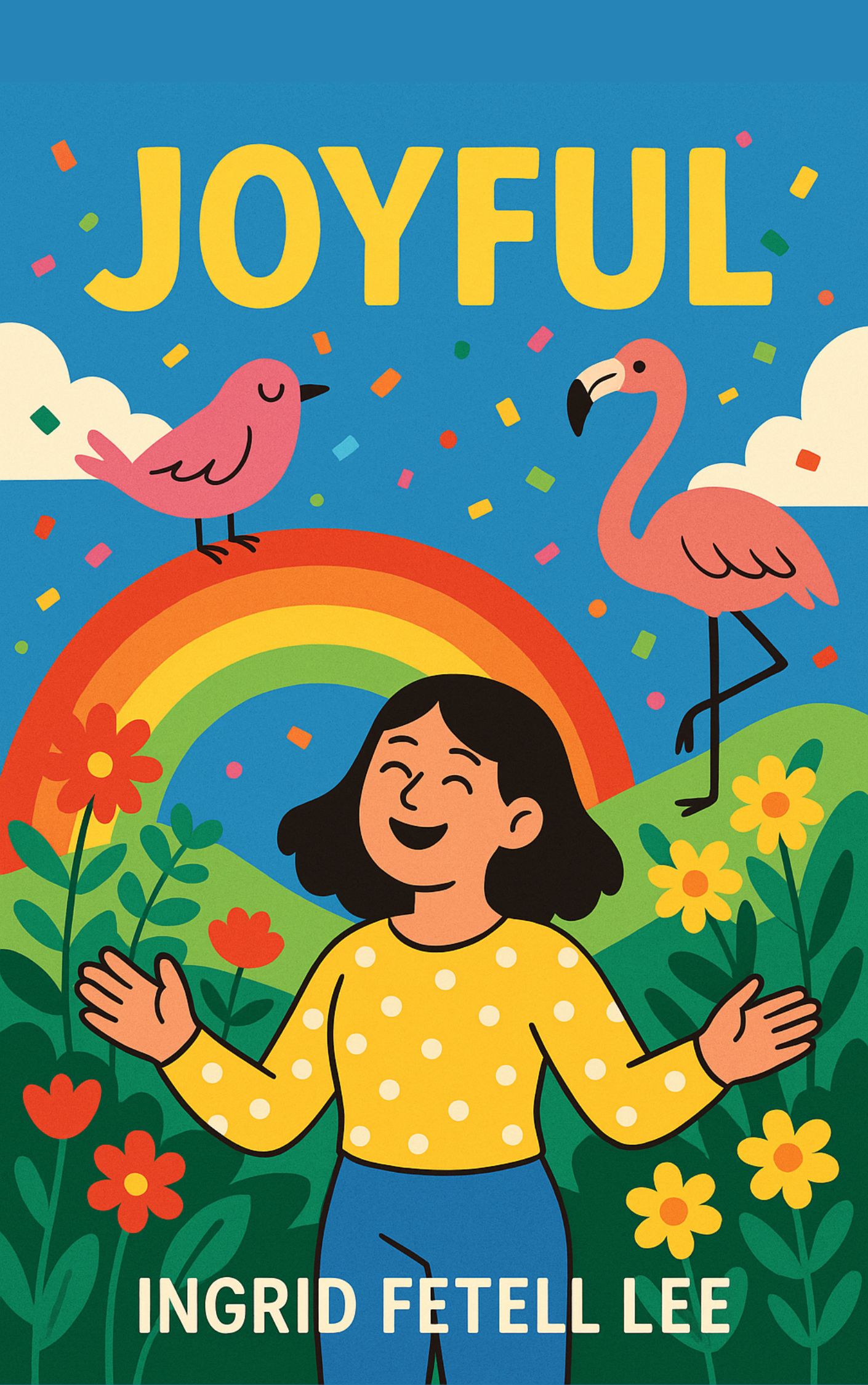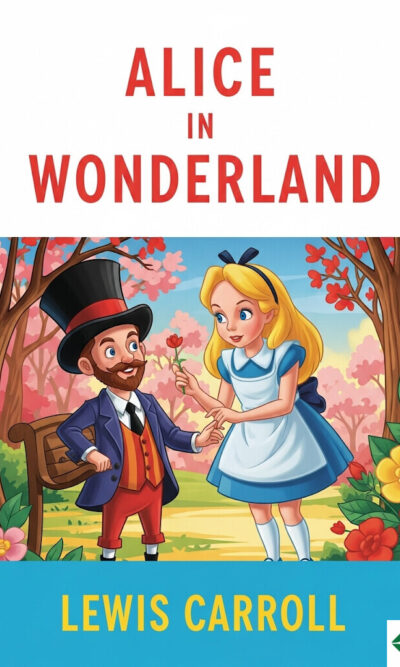Description
Imagine a world full of color, shapes, laughter, and life. This book invites you to explore how small changes in design, nature, and space can spark big moments of joy. It’s about celebrating the little things that make you smile—bright walls, quirky furniture, a flower in bloom, or the unexpected twist in architecture. Joy is all around you, and this book helps you see it.
Let’s begin with color. In one city in Albania, the mayor decided to repaint dull buildings in bright colors. Orange, yellow, pink—suddenly, the whole town felt different. People started to care more about their neighborhoods and took better care of their homes. Color didn’t just change the city—it changed people’s moods. That’s because color is one of the easiest ways to bring joy. Lighter colors make spaces feel more open and fresh, while dark tones can make a room feel sad or heavy. You don’t need to be a designer to use this trick—start with light walls and add bursts of color with art, pillows, or furniture. Even small touches can make a room come alive.
Now think about style. For many years, minimalism—clean lines, white walls, and empty spaces—was the trend. But sometimes minimalism feels cold and lifeless. It’s based on the idea of purity and order, but that can also make it feel strict or even joyless. Maximalism, on the other hand, embraces abundance. It loves big patterns, rich textures, and unexpected combinations. It reminds us of nature—full, lively, and overflowing. Think of a peacock with its beautiful feathers. That kind of joy and energy can be brought into our homes too. When a space is full of life, it makes us feel more alive.
Gardens are another place where joy grows. But not all gardens bring joy. If they are too neat, too trimmed, and too controlled, they can feel like a chore. The most joyful gardens feel free and natural. Tall grasses, wildflowers, winding paths—these are the ingredients of a joyful garden. A famous garden designer, Piet Oudolf, uses this wild style. His gardens are full of tall plants, all dancing with the wind. They feel alive, and that feeling passes on to anyone walking through them. The idea is simple: don’t try to control everything. Let nature lead the way.
Inside your home, the flow of energy matters too. This is where the ancient Chinese idea of Feng Shui can help. It’s not magic—it’s about making your space feel open and peaceful. Don’t block walkways with furniture. Keep your entrance tidy and inviting. Make sure your bed is placed in a way that both sides are easy to access, showing balance and equality. These small changes help you feel calm, balanced, and joyful in your space.
Play is another powerful source of joy. Adults often forget how to play. But design can bring playfulness back into our lives. A colorful chair shaped like the New York skyline, or a soft table made from squishy materials—these things surprise us. They make us laugh. A playful design doesn’t just look good; it makes us feel good. And when designers play, they also invent new things. One playful chair was designed with no frame at all—it could be squished into a small package and popped back out to full size. That kind of creative thinking starts with joy.
Quirkiness adds joy, too. When we feel pressure to fit in, to follow fashion or keep things serious, we lose something special. Joy often lives in the odd and unexpected. Think of flamingos. Their bright pink feathers and funny legs make them unforgettable. That’s why people put flamingo decorations on their lawns—not because they are fancy, but because they are fun. Don’t be afraid to wear loud socks, decorate with silly objects, or try bold designs. Embrace what makes you different. Dutch designers did this by making lamps huge and tables tiny, just for fun. These designs break the rules and remind us that joy is in surprise.
Then there’s awe. Awe is that breath-taking moment when you see something massive, beautiful, or magical. Think of standing under a huge blue whale in a museum, or watching hot air balloons float into the sky. These moments don’t happen every day, but when they do, they lift our hearts. Awe makes us feel small in a good way. It shows us that there’s more to life than our everyday worries. Architecture can create awe, too. Grand buildings with soaring ceilings and wide-open spaces invite us to look up and feel wonder. It doesn’t have to be a cathedral—even a beautifully designed train station or museum can inspire awe.
Finally, joy is found in celebration. People have always celebrated—with music, food, dancing, and shared moments. Even chimpanzees celebrate when they receive treats! Celebration brings people together. It strengthens our bonds. One study showed that people who celebrate together are more likely to help each other and feel close. And the spaces where we celebrate matter. At the Oscars, for example, changing the design of the seating helped bring life back into the show. Instead of stiff rows, the seats were arranged in loops, letting the audience feel connected to the stage and to each other. It turned a quiet, dull event into something full of joy.
This book teaches one powerful idea: joy doesn’t come from big changes or expensive things. It comes from paying attention. It comes from choosing color, letting nature grow, playing with shape, and making space for people to connect. Joy is everywhere, if we make room for it.
So how can you start bringing joy into your life? Try keeping a Joy Journal. Every time something makes you smile, write it down. Maybe it’s a bright yellow mug, a funny sign, or a cozy room with soft pillows. Over time, you’ll learn what makes your heart happy. Then, you can add more of those things to your space, your life, and your routine.
Design is more than decoration. It’s a tool for emotional well-being. When we design with joy in mind, we make the world kinder, brighter, and more human.
Let joy be part of your everyday life. Start small, stay playful, and let yourself be surprised.





